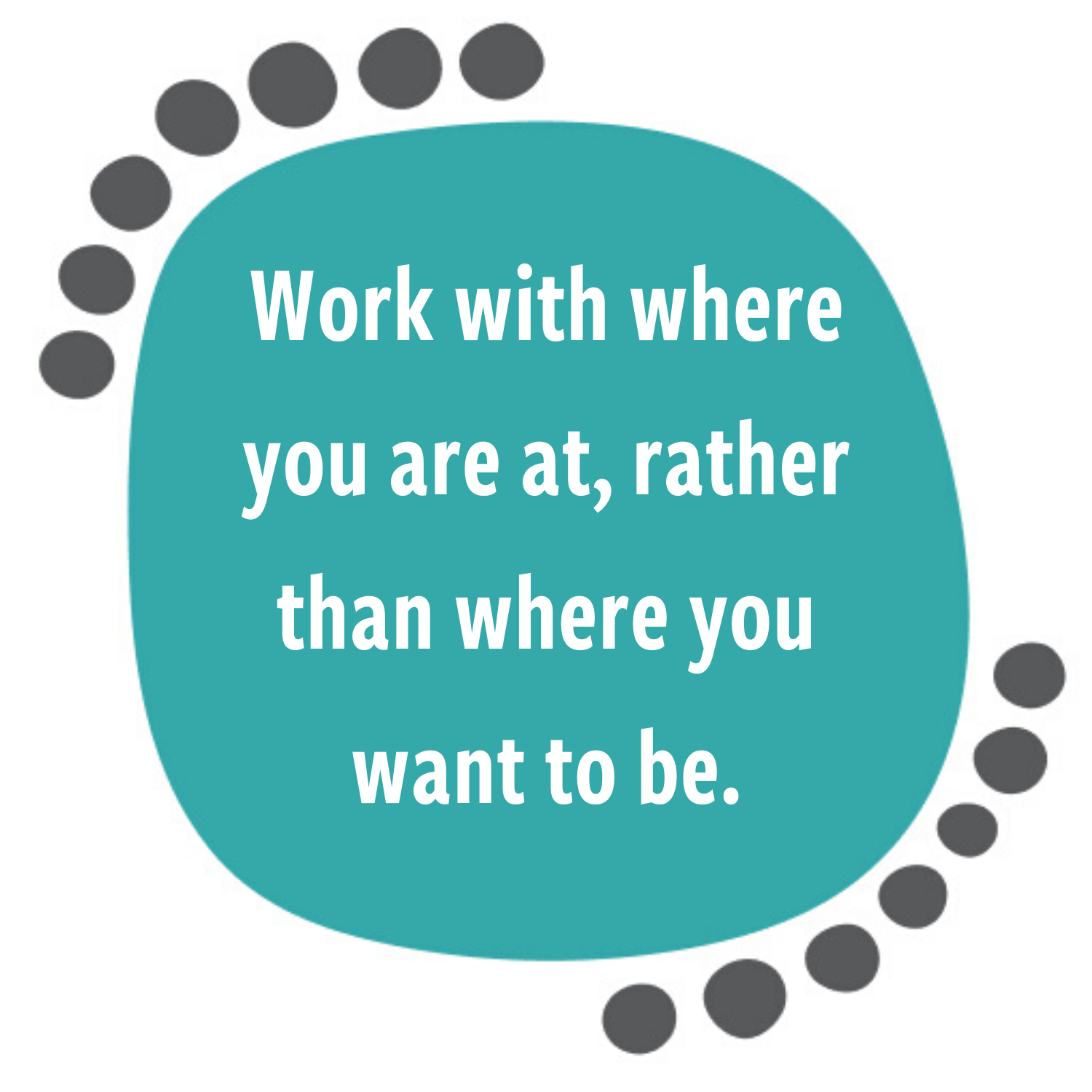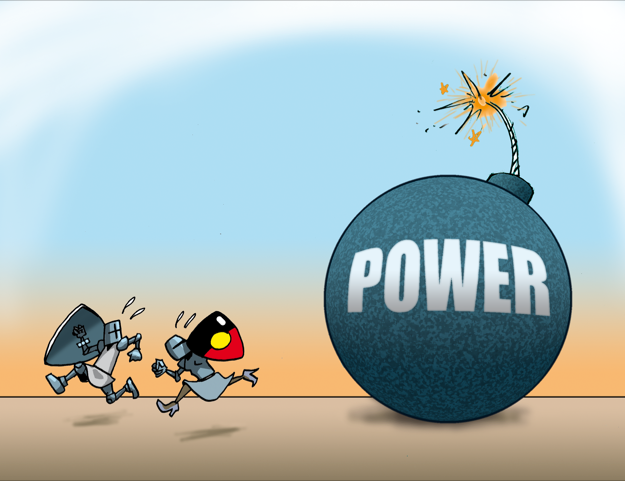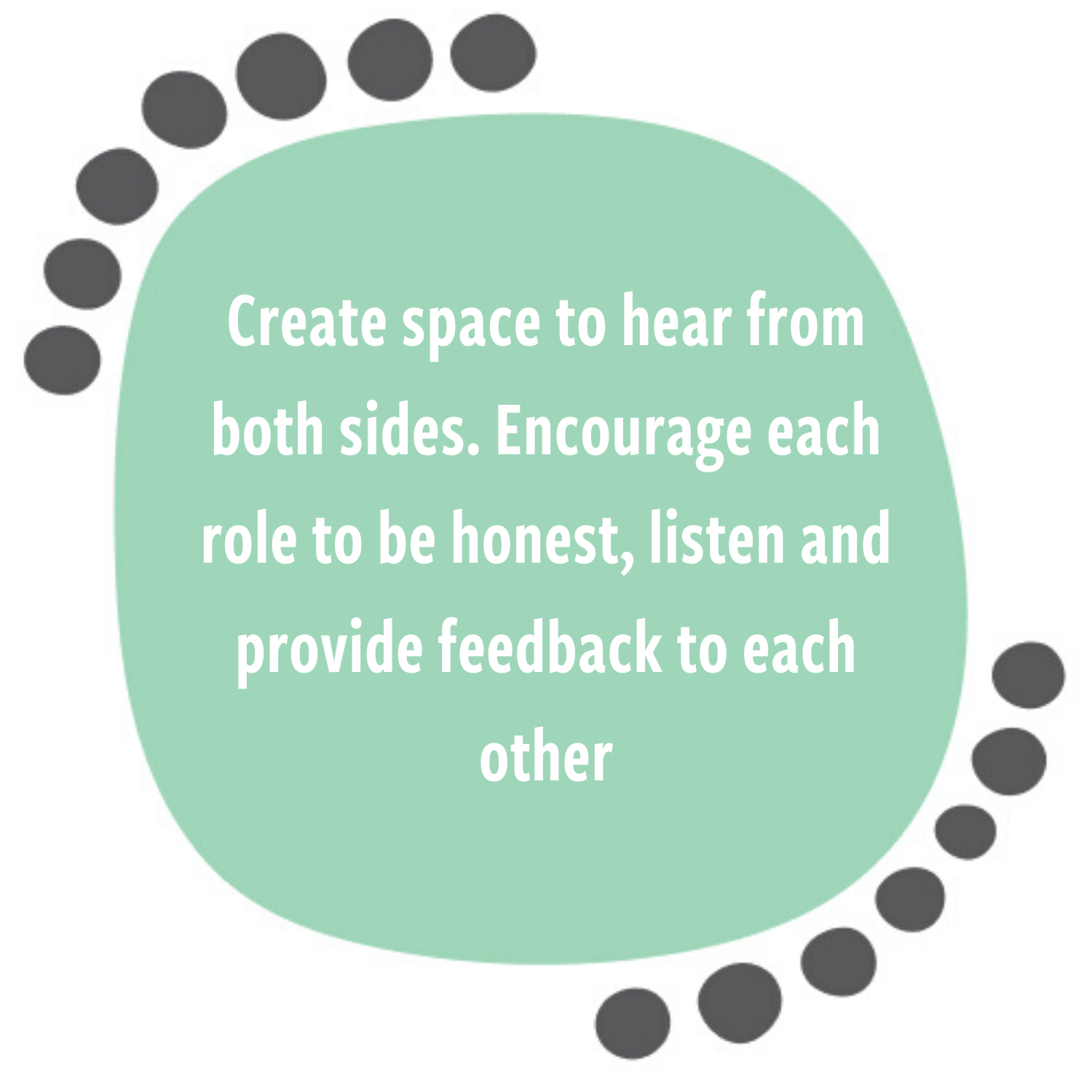5: Working on ‘Hot Spots’
On This Page
‘Hot spots’ are naturally occurring points of tension signaling potential breakthrough in a collaboration. They can be fiery conversations or the moment everyone goes silent. They often cause a fast moving exchange and heightened energy, clashes between people and issues or accusations.
Conversations at hot spots require a lot of care and skilful negotiation. We tend to shy away from these moments but if held carefully they can lead to insights, learning and potential breakthrough. The work at this stage in the collaboration is to ‘hold steady’ and stay with the heat of tension.
Discuss
Awareness, Timing and feedback
Understand the pace, place and rituals of your collaboration. Collaboration happens in different ways over time in different groups. Collaboration includes phases of working, reflecting, implementing, discovery, enjoyment and loosening up. Ask what phase is our collaboration in now?
Work with where you are at rather than where you want it to be. Focus on identifying and naming the patterns and behaviours. There is no point pushing for difference when people are coming together or vice versa.

Remember compassion
Cultivate compassion for yourself and others who are attempting the hard work of Deep Collaboration. There will always be push back and resistance to this kind of change.

Skills
1
Feel the atmosphere
Good facilitators can feel the atmosphere in a room and within a group. Does the room feel comfortable or tense? Are people open or guarded?
Pay attention to sudden or surprising statements or behaviour that seems out of place. These could include raised voices, silence, giggling or quiet tones. Notice movement such as when people get up and leave or people are slumping or leaning back.
Perhaps relationship hotspots between members have arisen and need to be acknowledged or responded to. Building this level of awareness helps you to notice hotspots and work with them when they arise.
Sensing the Atmosphere
What does sensing the atmosphere mean? Mark, Jane and Grant discuss the idea of 'sensing' the atmosphere and what part it plays in Deep Collaboration.
2
Reporting the weather
Observe and acknowledge openly any changes in the group atmosphere as if it was a change in the weather. For example, 'it seems to be warming up in here is anyone else feeling a bit tense?’
Pay attention to people’s reactions for feedback such as smiling faces or nodding heads. This will tell you if you’re picking up on something real or not.
When groups are in hotspots it can be hard to see what’s happening as tension builds. Weather reporting allows the group to stay with the tension.

3
Notice and work with escalation
Signals of escalation include raised voices, clenched fists and red faces. Observe and acknowledge these as needed to avoid conflict becoming unproductive. Hold attention at the hot spot by naming it as such, and asking those involved to slow down.
Despite a sense of chaos and heightened feeling, hotspots generally involve an interaction between two people who represent the work of the collaboration.
Ask for permission to hold the focus on it and for the rest of the group to stay out of the conversation until the two people most affected by the dynamic reach better understanding. See Hot tips for Hotspots
What do Hotspots look like?
Jane and Mark discuss what Hotspots look and feel like and what you can do when they happen.
4
Sense-making at a Hotspot
Once you have permission from the group to focus on the hotspot, create space to hear from both sides. Encourage each role to be honest, listen and provide feedback to each other. This is likely to relate to feelings and be personal.
Many conflicts resolve themselves by being acknowledged and given appropriate attention, care and respect. This requires awareness to notice what is happening and people may need encouragement and support to express themselves fully.

5
Frame temporary resolution
Observe and acknowledge when the tension drops after people have expressed their feelings. Frame these moments as good times to stop and appreciate the work of the group.
For example, ‘We could go further but this might be a moment to stop because there’s a change of atmosphere in the group. Does anyone else feel that?'
Discuss as a group what happened to relieve the tension. This is likely to be valuable learning relevant to the broader context. When resolution isn’t noticed, collaborations can get stuck in unproductive conflict.

6
Appreciation
Appreciate the value of the conflict and vulnerability shown by people working together. This enables understanding of the relationship between the conflict and the work of the collaboration. Appreciate the generosity of those who held back to allow the collaboration to work on the conflict that arose.

Tools
Hotspots
Jane and Mark discuss what Hotspots look and feel like and what you can do when they happen.
How can you recover when things go badly?
Grant and Liz answer an audience question about strategies for recovering when things have got difficult in a partnership.


